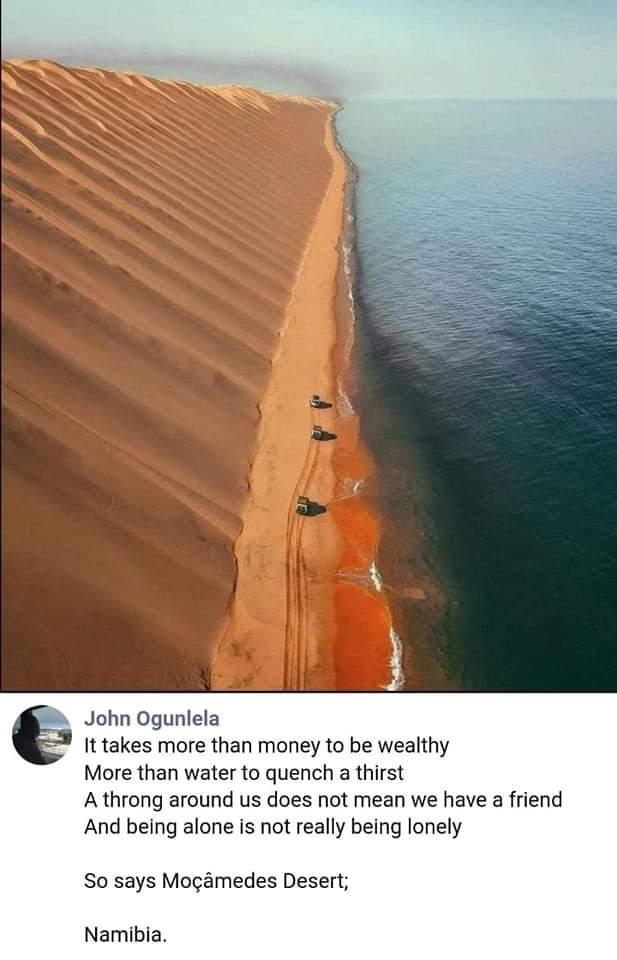Historic! Namibia Becomes Global Technology Icon
OpenLife Nigeria reports that as the COVID–19 pandemic hit Namibia, its economy shrank by 7.9% in 2020 because of declines in tourism, retail, trade and investments, health, and education.
It was indeed, a follow up of the poor performances in previous years.
Namibia, often described as the driest country in Sub-Saharan Africa, is rich in mineral resources, including diamonds and uranium.
According to world bank , Namibia’s Gross Domestic Product is 11.7 billion USD while per capita and growth rate are 4,811.05 USD and -8.0% annual respectively.
As of July 2022, the country’s population stood at 2,567,012, a 1.46% increase from 2021 and 1.65% increase from 2020
However, those negative economic indicators may become history soon in view of the emerging breakthrough .
According to information, the unique combination of high burn sunlight and sea have inspired Namibia to embark on green hydrogen production plan.
It is estimated to be the largest in the world.
Information says that the desert sun will be used to generate electricity through the solar technology. The power will be used to crack sea water into its constituent oxygen and hydrogen.
The byproduct oxygen will also be bottled off and sold to welders, producers of rocket fuel oxidizer (LOX) and hospitals.
Experts say that from the angle of the sand dunes, there is a powerful sea breeze as well. Possibly, that would necessitate the decision to bring in wind turbines.
Hydrogen is a cleanest energy source and when produced without creating additional carbon footprint, it is known as green hydrogen – unlike the one obtained by splitting Methane (natural gas), using conventional methods. Namibia is working hard on becoming the global largest exporter of hydrogen.
Hydrogen can be used pretty much like any other gas fuel to fire boilers, power turbines and car engines, whatever.
It’s calorific value (amount of power for weight) is far higher than of any fuel as shown below:
Hydrogen – 150,000.
Kerosene: 45,000
Petrol: 45,000
Diesel: 40,000
Coal: 33,000
Wood: 22,000
Cooking gas: 55,000
Natural Gas: 50,000- all in kilojoules per kilogram (Kj/kg).
Economic experts and analysts are of the belief that this is huge money for Namibia and indeed, its breakthrough from poverty.
Namibia gained independence from South Africa on 21 March 1990, following the Namibian War of Independence. Its capital and largest city is Windhoek.
The country is distinguished by the Namib Desert along its Atlantic Ocean coast. It is a home to diverse wildlife, including a significant cheetah population. The capital, Windhoek, and coastal town Swakopmund contain German colonial-era buildings such as Windhoek’s Christuskirche, built in 1907. In the north, Etosha National Park’s salt pan draws game including rhinos and giraffes.







